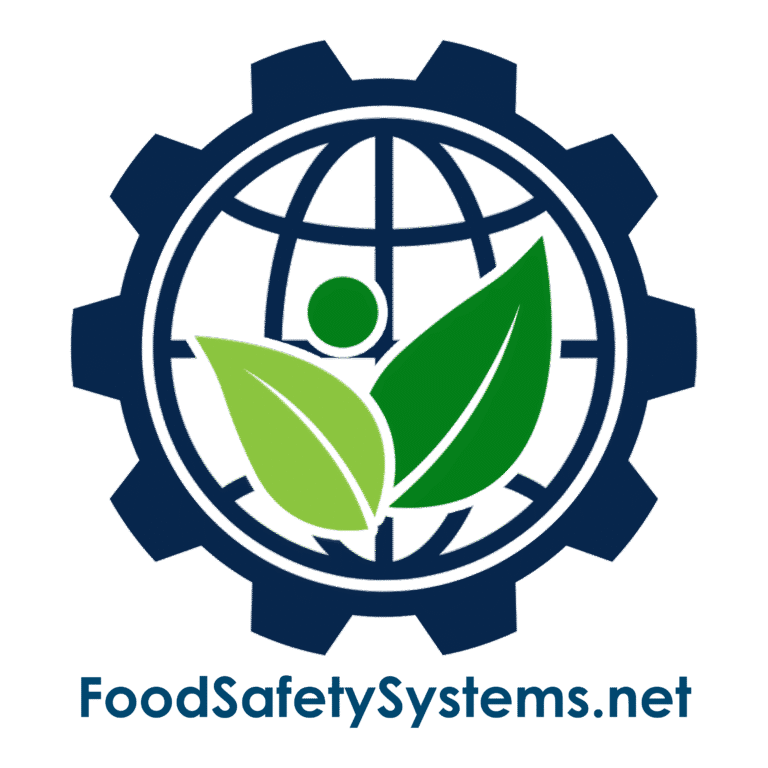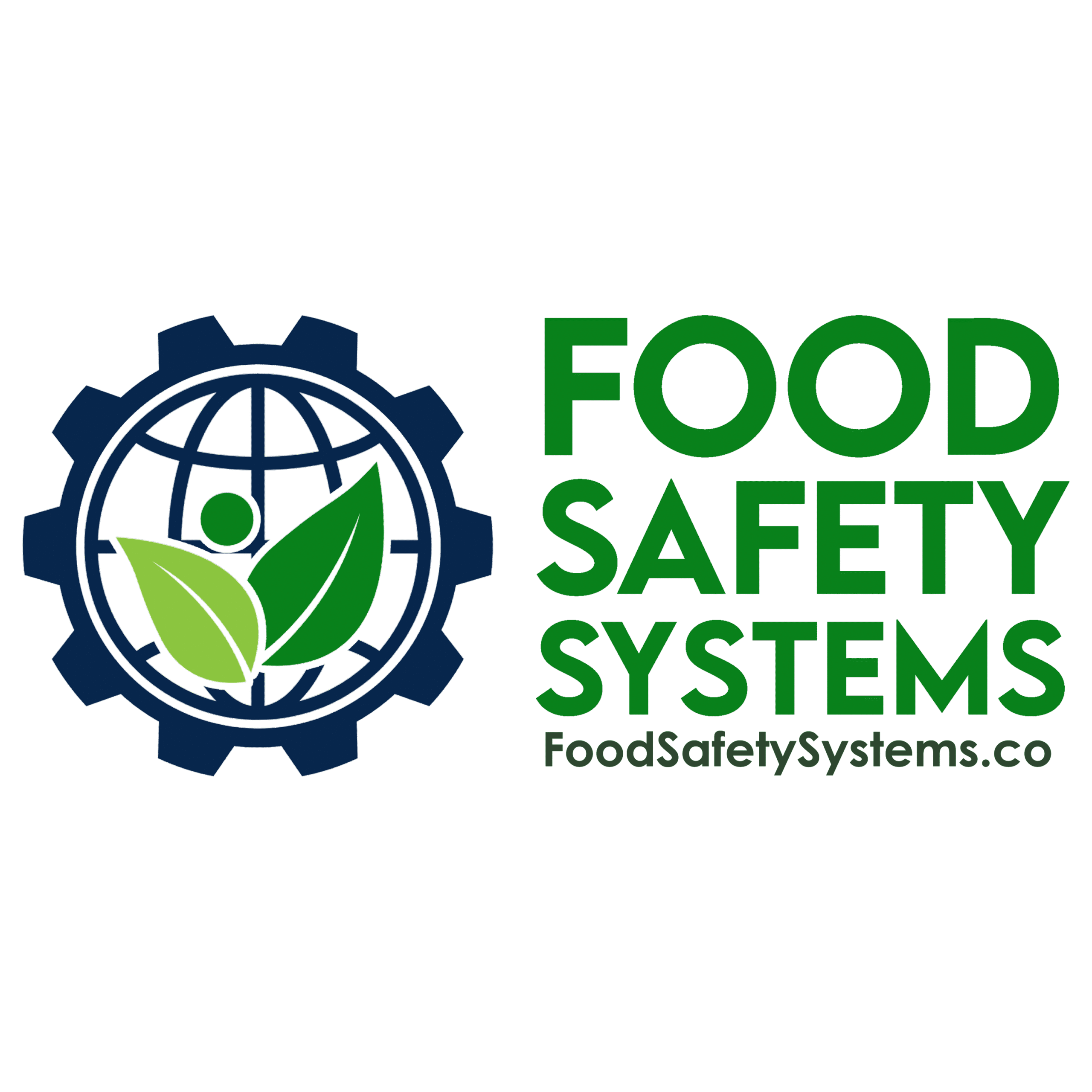Documentation & Record-Keeping

Aligned with HACCP Principles – Codex Alimentarius Step 12
Requirement Overview
A HACCP system is only as strong as the records that prove it works. Effective documentation and record-keeping provide the backbone of food safety compliance, enabling organizations to demonstrate that hazards are consistently identified, controlled, monitored, and verified.
• Documentation defines what should be done (plans, SOPs, policies).
• Records show what was done (logs, checklists, verification evidence).
Regulatory and certification schemes (e.g., Codex, FDA, USDA, GFSI standards such as BRCGS and SQF) all require accurate, complete, and controlled documentation. Records must be retained for the period mandated by law, customer contracts, or certification requirements.
Aligned with BRCGS for Storage & Distribution Issue 4 – Clause 4.3.1 & 4.3.3
Requirement Overview
BRCGS for Storage & Distribution requires that products moved via cross-docking are traceable and controlled at all times, even when they are not held in storage for extended periods.
Clause 4.3.1: “The company shall ensure that traceability is maintained at all stages, including during cross-docking operations.”
Clause 4.3.3: “Procedures shall be in place to ensure that all products handled, including those not stored on-site, remain under control and are not subject to contamination or substitution.”
Cross-docking operations must not compromise product traceability, safety, or integrity. Even with minimal handling and temporary presence, each product must be accurately identified, documented, and protected.

Key Compliance Objectives
-
✓ Maintain an up-to-date, controlled HACCP plan and supporting documents
✓ Capture and store all monitoring, corrective, and verification records
✓ Ensure records are legible, signed, and securely stored for traceability
✓ Enable audit readiness and support continuous improvement
Step-by-Step Compliance Implementation
1. Establish a Documentation System
-
Documents to Maintain
-
• HACCP Plan (hazard analysis, flow diagram, CCPs, critical limits)
• SOPs and GMPs
• Corrective action and deviation procedures
• Training programs, verification protocols, and audit checklists
Evidence to Maintain:
-
• Master list of controlled documents
• Version-controlled HACCP plan with approval signatures
• Document revision history logs
- • HACCP Plan (hazard analysis, flow diagram, CCPs, critical limits) • SOPs and GMPs • Corrective action and deviation procedures • Training programs, verification protocols, and audit checklists
- • Master list of controlled documents • Version-controlled HACCP plan with approval signatures • Document revision history logs
2. Implement Record-Keeping Procedures
-
Records to Capture
-
• CCP monitoring logs (temperatures, pH, metal detection, etc.)
• Corrective action and deviation reports
• Sanitation and preventive maintenance logs
• Calibration, validation, and verification records
• Internal audits and management review minutes
Evidence to Maintain:
-
• Completed and signed monitoring forms
• Corrective action documentation with root cause notes
• Verification logs with reviewer initials and dates
- • CCP monitoring logs (temperatures, pH, metal detection, etc.) • Corrective action and deviation reports • Sanitation and preventive maintenance logs • Calibration, validation, and verification records • Internal audits and management review minutes
- • Completed and signed monitoring forms • Corrective action documentation with root cause notes • Verification logs with reviewer initials and dates
3. Control and Retain Records
-
Best Practices
-
• Use standardized forms with clear instructions
• Require signatures/initials of responsible staff
• Ensure legibility and accuracy standards are met
• Secure storage (locked filing cabinets or password-protected digital archives)
• Apply documented retention and backup protocols
Evidence to Maintain:
-
• Document control SOP
• Archive system map (digital or physical)
•
Record retention schedule
- • Use standardized forms with clear instructions • Require signatures/initials of responsible staff • Ensure legibility and accuracy standards are met • Secure storage (locked filing cabinets or password-protected digital archives) • Apply documented retention and backup protocols
- • Document control SOP • Archive system map (digital or physical) • Record retention schedule
4. Review and Verify Records
-
Verification Activities
-
• Daily/weekly record reviews by supervisors
• Internal audits for completeness and accuracy
• Spot-checks of critical monitoring logs
• Trending analysis to identify recurring issues
Evidence to Maintain:
-
• Supervisor sign-offs on logs
• Internal audit reports and CAPA logs
• Verification checklists and escalation notes
- • Daily/weekly record reviews by supervisors • Internal audits for completeness and accuracy • Spot-checks of critical monitoring logs • Trending analysis to identify recurring issues
- • Supervisor sign-offs on logs • Internal audit reports and CAPA logs • Verification checklists and escalation notes
Common Audit Findings & Recommended Fixes
| Audit Finding | Recommended Action |
|---|---|
| Missing or incomplete records | Train staff and apply daily supervisor verification |
| Poor document control | Create a master list and version history log |
| Inconsistent record formats | Standardize templates and instructions |
| No evidence of record review | Add verification/sign-off requirements to logs |
Auditor Verification Checklist
Auditors typically request:
-
• Current HACCP plan with revision history
• Controlled SOPs and log templates
• Completed monitoring and verification records
• Records of corrective actions, reviews, and CAPAs
• Document retention and access protocols
Implementation Roadmap
Build Your System
-
✓ Define document types, formats, and retention timelines
✓ Assign responsibility for document control and record review
Train & Implement
-
✓ Train staff on correct record completion and storage
✓ Provide visual guides or signage in operational areas
Monitor & Verify
-
✓ Perform supervisor reviews and internal audits
✓ Conduct data trending for recurring issues
Improve Continuously
-
✓ Update SOPs and logs based on audit findings
✓ Archive old versions but keep them traceable
Why This Matters?
-
✓ Provides proof of regulatory and certification compliance
✓ Ensures traceability and effective root cause analysis
✓ Reduces liability and strengthens accountability
✓ Builds auditor confidence and operational reliability
Support Tools Available
Food Safety Systems provides:
-
✓ Document control templates and master lists
✓ Record-keeping SOPs and standardized logbooks
✓ Verification and audit-readiness checklists
✓ Digital record-keeping solutions and training guides
Privacy Policy | Terms of Service
Powered by interlinkIQ.com, Developed by ITBlaster.net, Owned and Operated by Consultare Inc. Group, A Compliance Company. All Rights Reserved.







